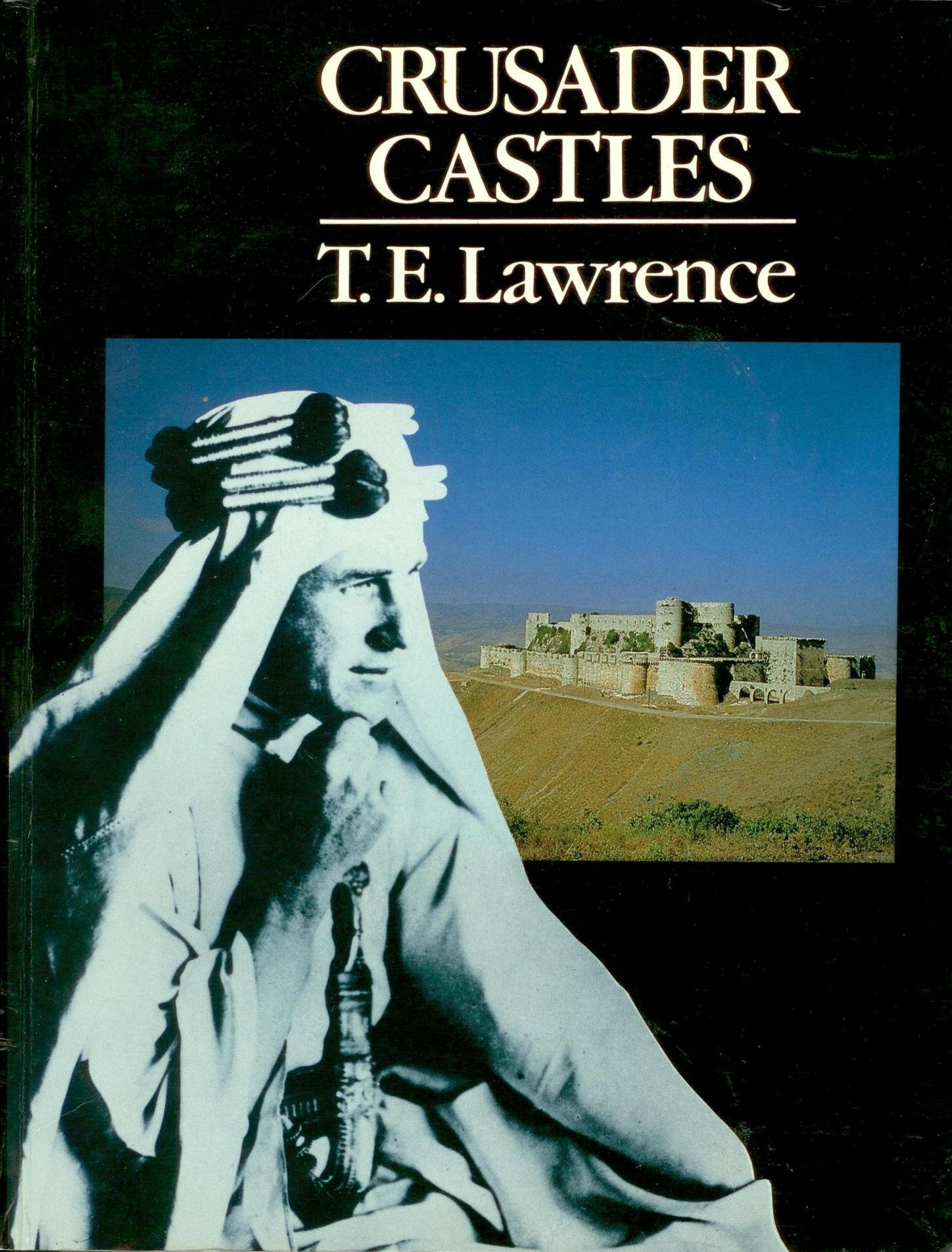What do you think?
Rate this book


1 pages, Paperback
First published January 1, 1936

Violently controversial points are usually settled by a plain assertion, for simplicity and peace. If they are of importance in my argument they may be discussed.
You are all wrong, Mother dear, a mountain may be a great thing, a grand thing, but it is better to be peaceful, and quiet, and pure, omnia pacata posse mente tueri, if that is the best state, then a plain is the best country: the purifying influence is the paramount one in a plain, there one can sit down quietly and think of anything, or nothing which Wordsworth says is best, one feels the littleness of things, of details, and the great and unbroken level of peacefulness of the whole: no, give me a level plain, extending as far as the eye can reach, and there I have enough of beauty to satisfy me, and tranquility as well!
The West Gate (Roman) still exists entire. It is rather like a tunnel and is about 11 feet high but only 5 feet wide. Its masonry is rubble and every two feet up are four courses of Roman tile; the stone work is regular at the bottom and has been squared. Up above it degenerates. There are about four rows of tiling all together; and the wall is about 13 feet high. The mortar is as soft as cheese. Next the gate was a guardroom nearly perfect; all except its roof, which had been of wood. The stone vaulting of the gate and guardhouse passage was perfect.P. 135. Pages and pages of such "description."